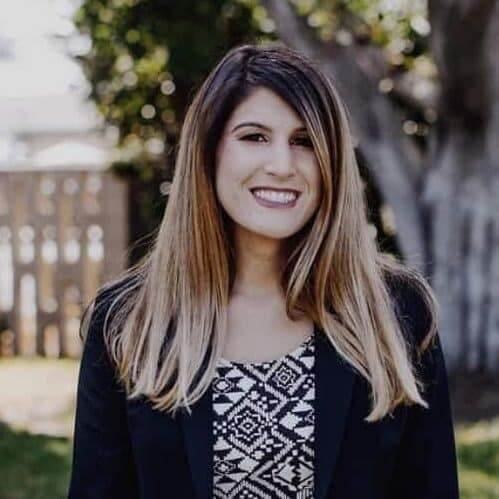For their annual meeting with President Obama, members of the National Governors Association came together on a plan that would restrict access to prescription painkillers. Their motive? To end the nation’s Opioid epidemic.
Though the plan received support from within the NGA, Obama was not as enthusiastic about it. During the Monday meeting, Obama stated, “If we go to doctors right now and say ‘Don’t overprescribe’ without providing some mechanisms for people in these communities to deal with the pain that they have or the issues that they have, then we’re not going to solve the problem … In some cases, addiction is already there.”
We Need Solutions the Opioid Crisis
This is a very real problem, with very real consequences. In 2014, according to the Centers for Disease Control and Prevention, 47,055 people died in the US from a drug overdose. 2014 has the highest death rate for overdoses on record. Of those deadly overdoses, 61 percent were caused by Opioids, mainly prescription painkillers.
The CDC points out the strong link between the increase in Opioid overdoses and the surge of Opioid painkiller drug abuse. “Health care providers wrote 259 million prescriptions for Opioid painkillers in 2012, enough for every American adult to have a bottle of pills,” .
Vice chairman of the NGA’s Health and Human Services Committee, New Hampshire’s Maggie Hassan along with several other governors have already met with resistance from clinicians and pharmaceutical companies in their states after they attempted to enforce limits for Opioid prescriptions.
Prior to the Monday meeting, the NGA came together with physicians who supported the restrictions, and crafted a proposal for more fail-safe protocols that would help with safer pain treatment and could include restrictions on how many Opioid prescriptions doctors can write, as well as more up-to-date training requirements that would enable prescribers to better recognize the signs of abuse and addiction.
In a statement issued the previous weekend, Hassan said, “As governors, we are working as individual states and with one another to reverse the tide of this horrible epidemic, but we know that the fight is far from over, which is why our priorities push for additional support from the federal government. Combating the Heroin and Opioid crisis is an all-hands-on-deck moment, and we must also partner with the private sector, from manufacturers to pharmacies and health care providers, to find solutions and change the way we treat pain in America.”
Solutions Already Available to Fight Opiate Addiction
One such avenue that hasn’t been fully explored is the use of Suboxone for medically managed withdrawal treatment. People use Suboxone to help withdrawal safely from Opiates without the pain of quitting cold turkey. Suboxone itself is made up of two separate drugs, Buprenorphine and Naloxone. These two substances work together to manage the symptoms of withdrawal as well as working to block the Opiate receptors that allow a user to achieve the “high” they would normally get from Opiate abuse.
Buprenorphine (Suboxone), unlike Methadone treatment which has to be performed in a clinic, is the first medication, used to treat Opioid dependency, that doctors are allowed to prescribe and dispense in doctors’ offices. The Drug Addiction Treatment Act of 2000 (DATA 2000) allows qualified physicians in the U.S. to prescribe Suboxone for those people who have an Opioid dependency in various locations, like the office, hospital, a health department, and or correctional facility.
Though this area hasn’t been fully utilized, it is a valid avenue for those who are suffering from an Opioid addiction to pursue and find a pain-free recovery. This drug does not replace the need for aftercare options, like meetings, counseling, and sponsors. Though treatment centers are not necessary when taking Suboxone, it is still highly suggested that you do attend one anyway. Treatment centers are a way for people to find peace when they are going through withdrawal. In a treatment center, people are taught to become productive members of society and how to handle triggers that may occur even after they have stopped abusing Opiates.
The president is correct; a solution is needed for those who are already suffering from addiction. Though the Opiate prescriptions play a part in those who become addicted, it’s imperative that a plan is made to help prevent the escalation of those addictions becoming gravestones.







